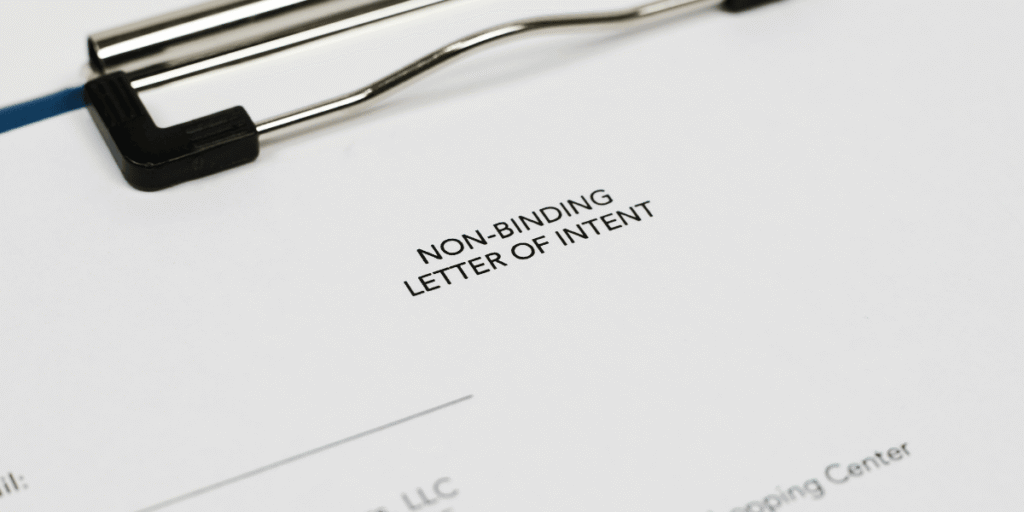What Is the Clean Energy Transition?

The transition to clean energy is more than an environmental necessity—it’s a strategic move for businesses navigating a rapidly changing landscape.
For commercial real estate, this shift isn’t just about meeting regulatory requirements; it’s about optimizing operations, reducing costs, and future-proofing assets for long-term growth.
Understanding the Clean Energy Transition
The clean energy transition refers to the process of shifting from fossil fuel-based energy sources, like coal, oil, and natural gas, to renewable, low-carbon alternatives such as solar, wind, hydropower, and geothermal. This transition is driven by the urgent need to reduce greenhouse gas emissions, combat climate change, and create a more resilient and sustainable energy infrastructure.
In the context of commercial real estate, the clean energy transition means adopting systems and practices that reduce energy consumption, lower carbon footprints, and increase building efficiency. From installing solar panels to upgrading HVAC systems and optimizing building management software, the options are both diverse and impactful.
Why Does Clean Energy Transition Matter in Commercial Real Estate?
As global awareness of climate change grows, governments and regulators worldwide are introducing more stringent energy efficiency standards. For businesses operating in commercial real estate, understanding the clean energy transition is essential to staying compliant and competitive.
Key reasons why clean energy transition matters:
- Cost Efficiency: Renewable energy sources like solar and wind are becoming increasingly cost-competitive, providing long-term savings on utility expenses.
- Regulatory Compliance: Many jurisdictions now mandate energy efficiency improvements and carbon reduction measures for commercial properties.
- Tenant Demand: Environmentally conscious tenants seek buildings with green certifications and sustainable practices.
- Asset Value: Energy-efficient properties often have higher market value and greater appeal to investors.
Clean Energy Transition Options for Commercial Real Estate
Businesses have several options when it comes to transitioning to clean energy. Key strategies include:
- On-Site Renewable Energy Generation:
- Solar panel installations on rooftops and facades.
- Geothermal systems for heating and cooling.
- Wind turbines in suitable locations.
- Energy Efficiency Upgrades:
- Retrofitting lighting systems with LED technology.
- Upgrading HVAC systems to high-efficiency models.
- Implementing smart building technologies for real-time energy management.
- Green Energy Procurement:
- Purchasing electricity from renewable sources through power purchase agreements (PPAs).
- Partnering with clean energy providers to support broader grid decarbonization.
- Energy Storage Solutions:
- Installing battery storage systems to store excess energy for use during peak demand.
- Integrating with renewable energy systems to maximize efficiency.
The Role of Partnerships in Clean Energy Transition
At IPG, our partnership with Anwin enhances our ability to guide clients through the clean energy transition. We work with companies to assess their current energy use, identify cost-saving opportunities, and implement tailored solutions that align with long-term goals. Our team offers expert support in renewable energy procurement, site selection for clean energy projects, and strategies to decarbonize commercial property portfolios.
Looking Ahead: The Future of Clean Energy in Commercial Real Estate
The transition to clean energy is no longer optional—it’s an integral part of responsible and future-proof commercial real estate management. As renewable energy technologies continue to evolve and regulatory frameworks tighten, businesses that proactively invest in energy efficiency and sustainability will be better positioned to thrive.
By adopting clean energy transition strategies today, companies can reduce operational costs, attract environmentally conscious tenants, and contribute to a healthier planet. If you’re ready to explore the clean energy transition options for your property, we’re here to help guide the way.




